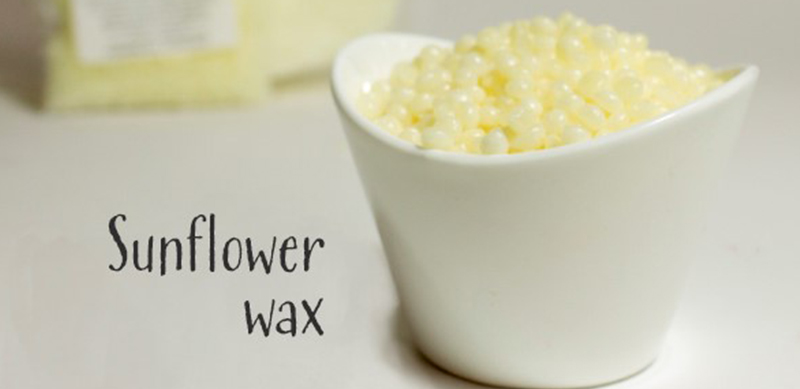Color Trouble Shoot #1: How to Test for Color Variations
The result in both cases was frustration for our customers who found their finished products were "off-color" as a result. (In the industry, we call this being "Off-Spec", short for "Off Specification").
Receiving raw materials which are Off-Spec is not as uncommon as you think. So, I recommend that when you come up with a formula you like, you make a point of keeping samples of each of the raw materials used in the formula, as well as a sample of the finished product. Label these and set them aside in a safe place so that you can refer to them in the event that you run into problems.
The day that you find your formula is turning out completely Off-Spec, go back and pull out these samples. Then look at the raw materials you used in your new, Off-Spec batch. Then compare. Here are are some of the tests that we use:
- Visual. Usually, you can just look at the color and see a difference. In the case of our Off-Spec Brown, it was obvious.
- Touch. Sometimes the product feels different. In the case of our Off-Spec White, the color looked the same, but it felt heavier. We confirmed this by weighing 1 teaspoon of the old and new and finding a significant difference.
- Draw Down Test. This is useful when comparing colors. Take a small amount of each sample and put them side by side on a sheet of white paper. Using a palette knife, press hard and then pull the knife down the page (do each color one at a time). By doing this, the difference in color sometimes becomes more obvious.
- Paint Down Test. Similar to the Draw Down, take a small amount of each sample and wet each with water and then draw the color down just as if you are painting a line.
- Whiteout Test. This test is also useful when comparing colors. Take a small amount of each sample and add it to a larger amount of titanium dioxide white, or a similar whitener. Whitening the colors really makes the differences "pop".
The purpose of these tests is to first of determine that there is a difference, and then secondly to figure out what the difference is. You are looking to determine if there are differences in intensity or hue (or both).
If the colors are different in intensity, they are essentially the same shade, one is just darker than the other. In this case, the fix is too use less of the darker color (or more of the lighter one).
If the colors are different in hue, they are essentially the same intensity, but they have a different shade. For example, the brown may be more red and less yellow. Or the blue may be more red and less violet. In this case, the fix is too adjust your recipe by adding a little bit of the missing hue. I cover how to do that in my next Blog Post.
Finally, and importantly, if you do not see a big difference in your colors or raw materials, you need to take a hard look at your manufacturing process. A big, big factor in variations batch to batch is how you mix your products. If you normally mix for 30 seconds, and then one day mix for 2 minutes, the shades are very likely to be different. If you normally mix in a small coffee bean grinder and then switch to larger batches in a blender, you are very likely to see changes. The changes in this case should mostly be related to "intensity", and can be adjusted by using less or more of your total color blend.
Be sure to visit our site at www.wholesalecolors.com (or www.tkbtrading.com).

Comments